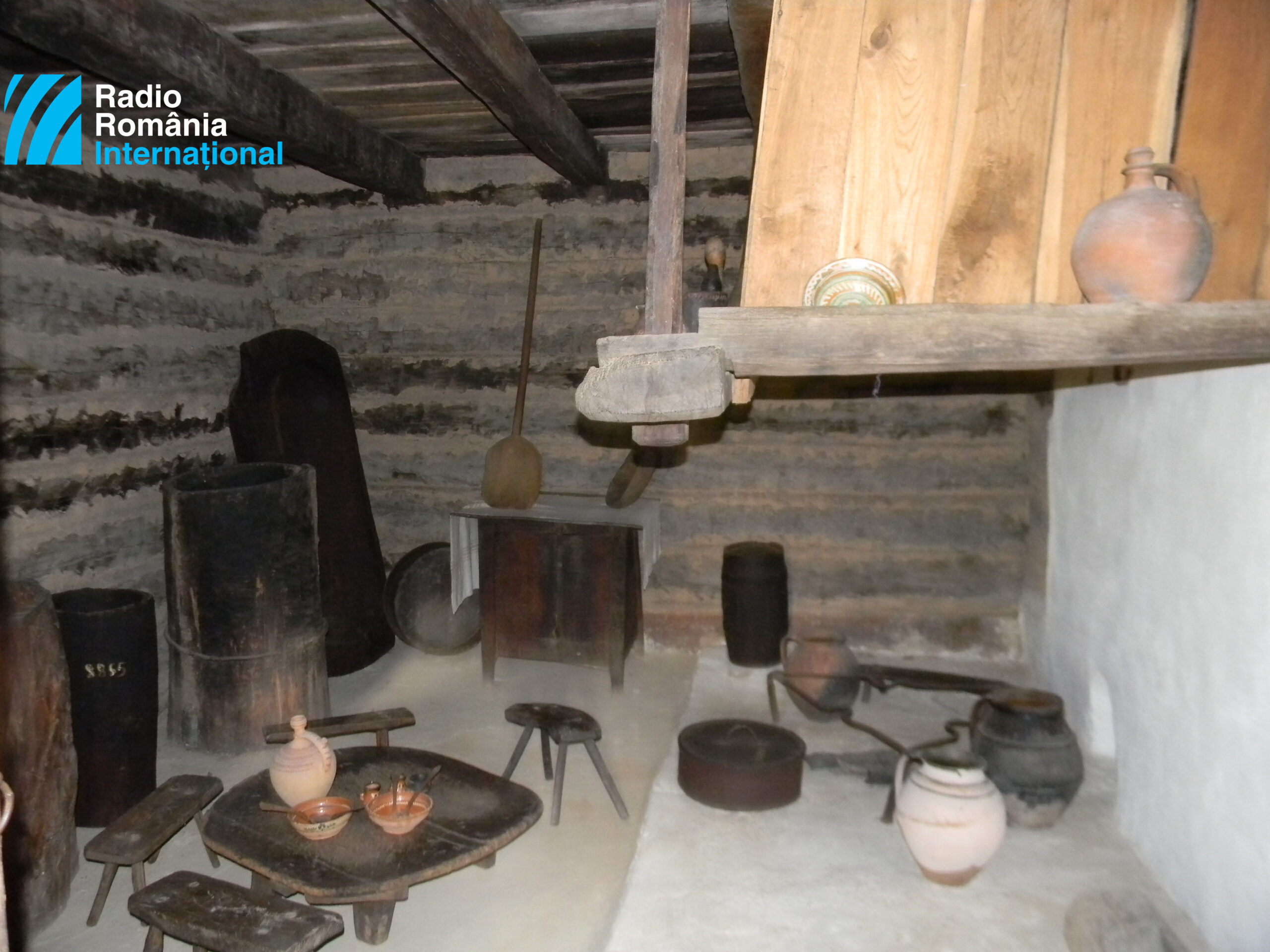Bears with cameras
A recent initiative of WWF Romania

Ana-Maria Cononovici, 20.12.2021, 14:00
At the end of November, WWF Romania launched
the online campaign Bears with Cameras. The campaign is part of a wider project
aimed at monitoring large carnivore species in Romania, conducted by WWF and
its partners as part of the LIFE# EuroLargeCarnivores project. Nature
loves can follow on social media the first recordings made from the point of
view of carnivores themselves, with the help of special video cameras equipped
on their collars. The recordings were made over August-October using a number
of brown bears in a pilot activity. Gavril Marius Berchi, project manager with WWF
Romania, told us more:
People know
little about the social life of bears due to certain difficulties that prevent
long-term research of their behavior. By means of a European project, EuroLarge
Carnivores, we wanted to study these aspects more closely. We managed to equip
three video collars on three species of brown bears: a 4-year male that
frequently enters the area of Târgu
Mureș, and who had to be relocated to Călimani Mountains, and two younglings, a male and a female, each
one-year old or so, who live at the Bear Again orphanage in Harghita County.
Gavril Marius
Berchi also told us what they saw when they retrieved the video collars.
We noticed
the young bears can fend for themselves. They are basically orphans, each
abandoned for various reasons. They can procure their own food, they socialize
and live together. After they get released into the wild, they will live together
for a while, then they will separate and live in isolation. As regards the
third bear, the adult male, what was interesting to notice was that he didn’t
return to his original place, and travelled a distance of some 500 kilometers
in Romania.
When talking about the management of large
carnivores, it’s important to know that once relocated, bears don’t return to
their original place and can travel large distances over short periods of time,
which makes any census a difficult task, Gavril Marius Berchi told us.
According to our data, the bear had destroyed
a few bee hives. He travelled over 500 kilometers in Romania, then he crossed
the border into Ukraine, all within the space of a month and a half. He spent
another month and a half in Ukraine, at which point we lost connection. The
only damaged he caused was to a few bee hives in Romania and Ukraine.
The emitter on the bear’s collar might have gone
haywire, or possibly the bear was shot, so the data was incomplete.
Apart from the information we got about the
social behavior of the bear, we also wanted to get more information regarding his
use of various natural bear habitats, the territory he transited, the routes he
took, the obstacles he came across, the functionality of green corridors, because
we have a number of ongoing projects aimed at identifying possible green
corridors in the Carpathians, and we are very interested to see which of them
can become functional. Additionally, we would have wanted to see the bear’s
interactions with other species or human settlements. Unfortunately, the bear
got lost in Ukraine.
Bears are attracted to areas with easy access
to food in populated areas, especially where settlements with a poor waste
management or where animals run out of food due to the extensive exploitation
of natural resources (for instance mushrooms or wild berries). Accordingly, the
bears are perceived as a threat. And since the winter holidays are drawing near,
we can choose a Christmas present and buy a WWF plush animal. All purchases will
help protect Romania’s wildlife. Gavril Marius Berchi told us more about this
initiative:
Our conservation projects lack the necessary
funds, and for certain activities we don’t always get to cover all the expenses.
So, by buying a plush animal, the donor gets a toy, and we manage to cover some
of our costs.






























